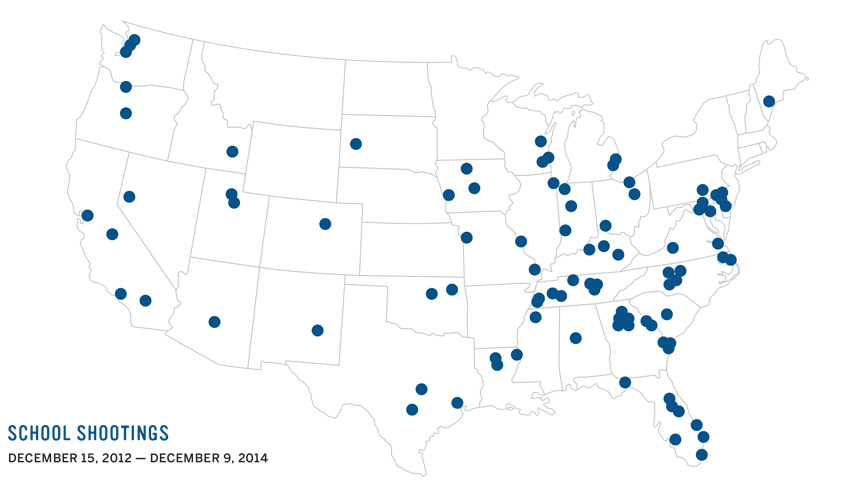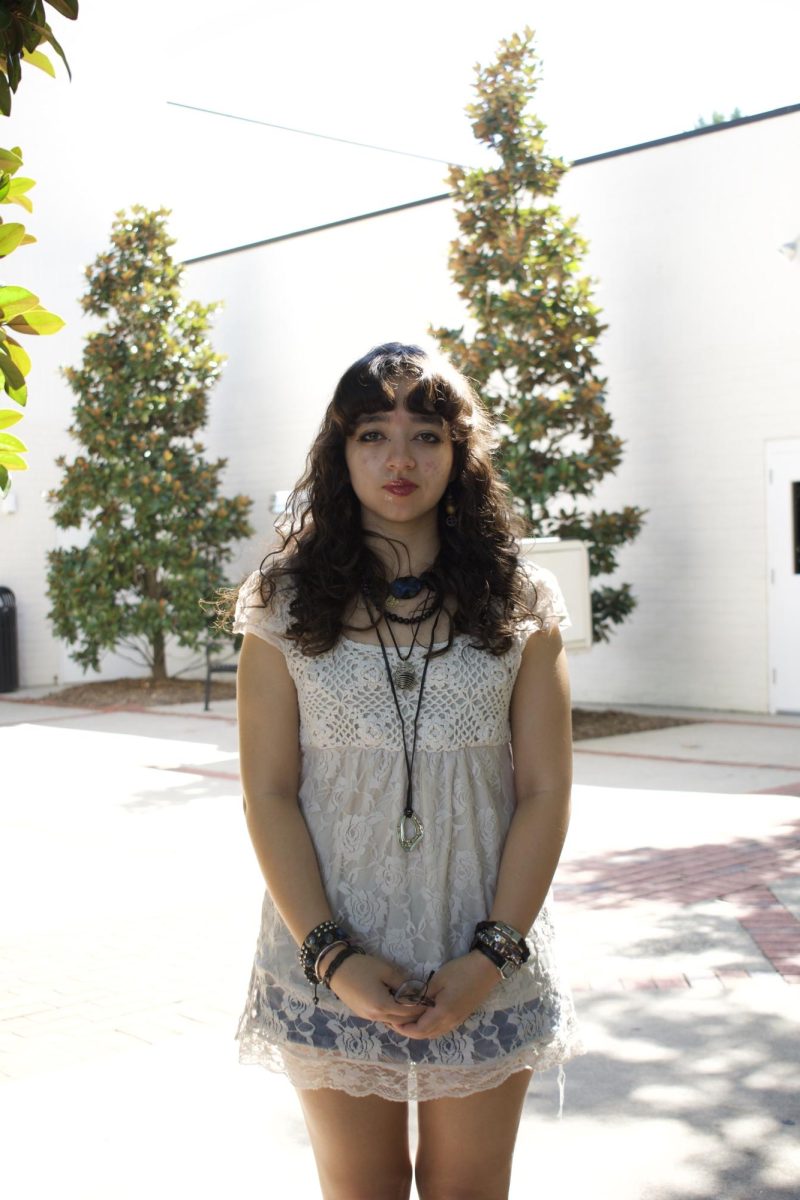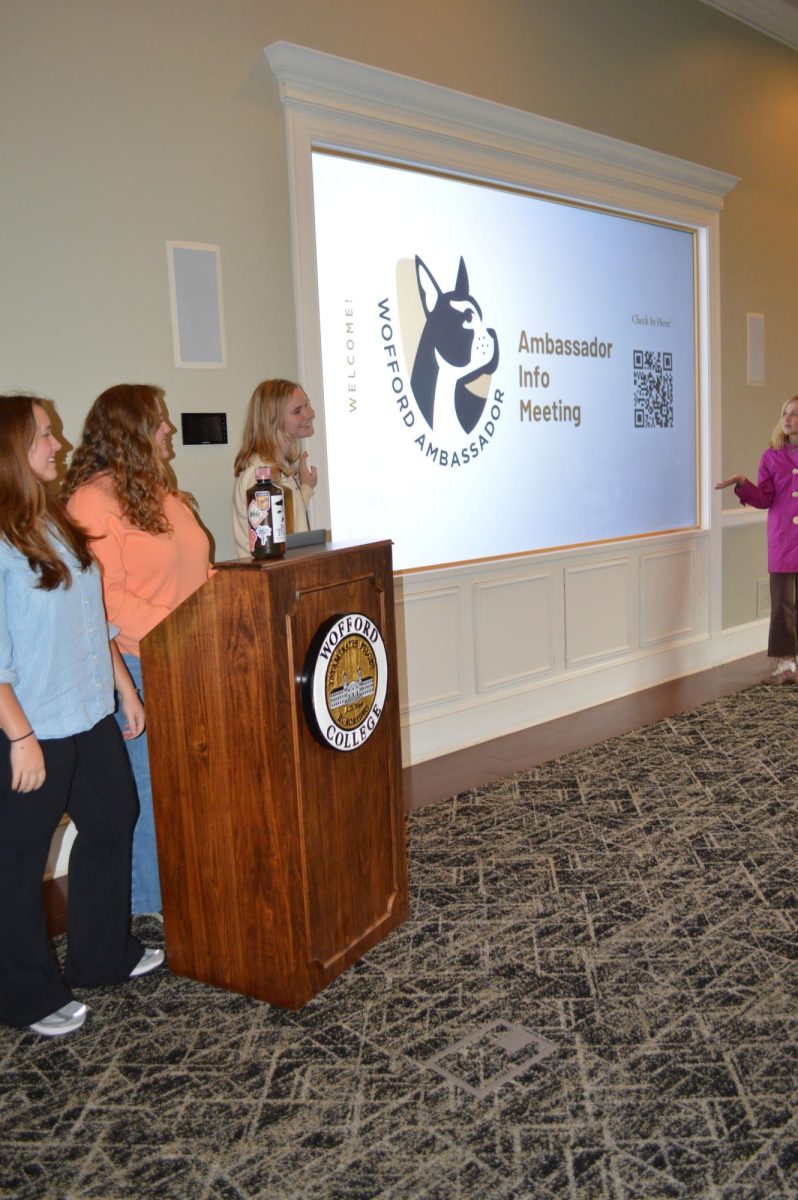By: Kelsey Aylor, Staff Writer
According to the Everytown Fund, there have been 160 school shootings since 2013. This number averages out to almost one shooting per week. On Nov. 10, Spartanburg Methodist College became another data point to be used in this statistic when a man was fatally shot on campus. Although the circumstances were different in that the shooting was done in self-defense rather than being premeditated and aggressive, the recent event still has shaken many students.
Kate Gibson ’17 lives in the Spartanburg area and has said that although she is accustomed to some of the local crime rates, it’ still shocking.
“It’s concerning how close to home it is – the SMC campus is very close to my roommate’s house and I’m only about 15 minutes away. I’ve been aware of Spartanburg’s issues and crime, but on campus, it can be easy to feel detached,” says Gibson.
Eliza Long, a sophomore at SMC, was in the gym for a basketball game when the shooting occurred. Other students initially informed her group of friends of what had occurred prior to the alert system.
“Honestly, my friends and I brushed it off at first, thinking that our campus isn’t exactly in the best part of town so it’s normal to hear gunshots around and not think anything else about it,” says Long. “Then we were texted by others and knew that the shooting had occurred on campus.”
A campus safety officer then helped Long and her friends return to their car. Long feels that the campus was adequately prepared for the emergency and says that the officers take their jobs very seriously to ensure students’ safety.
Sarah Spiro ’18 knows Long through involvement in Campus Outreach and believes that although Wofford’s Campus Safety may be adequately prepared, there are still potential issues.
“Firstly, I’m honestly not sure how one could be prepared for any kind of shooting. The best you can do is make sure that everyone else that isn’t involved knows what to do to protect themselves,” says Spiro. “But that being said, I have no idea what we are supposed to do if the emergency siren rings. Better education for how to respond to the emergency siren would be probably be a smart idea.”
Gibson held a similar sentiment, believing that, due to the small size of campus, students would not know proper procedures.
“When the student was robbed at knife point earlier in the semester, I think our alert system was efficient and very helpful, but I’m not sure how we would react in a more intense real-life situation,” says Gibson.
In light of the recent events at SMC, it begs the question of how many gun-related tragedies can occur on campuses across America before something is done about it.
“Accessibility of the campus is in large measure a function of campuses. Our campus is relatively open, like many are in America. So there are questions of how do we ensure safety,” says Nayef Samhat, president of the college. “But college is not meant to be like a prison, and I’m a believer in the fact that a lot of the things that happen are relatively random. We could put walls around the entire campus and there could still be an incident.”
Although there are preventative measures in place such as campus cameras, increased numbers of dispatchers on campus and upgraded radio communications, there is still a call for increased student and faculty involvement.
“We have to have students and faculty who are vigilant and attuned to their circumstances and conditions,” says Samhat.
“Shootings occur often, but they all vary based on the shooter’s reasoning for the act,” says Gibson. “I think awareness is important. Awareness of what to do in a situation and awareness that these issues are real and need to be addressed by campuses and the government.”
Spiro has felt this event increased awareness. She says, “Emotionally and mentally I have been affected. It’s pretty symbolic, in the saddest and most morbid way, that every time I’m in some public sphere I find myself subconsciously plotting my escape route if a shooter were to walk in.”
Although there is much argument over the cause of these increased shootings, there are aspects of our society that are exacerbating and demonizing the issue, Spiro says.
“I think shootings have become such an issue due to a combination of factors, most importantly media coverage and gun accessibility,” says Spiro. “People know they will get media coverage so that perhaps spurs motivations. But people who want that kind of attention should not have guns, so there definitely needs to be safeguards in place to prevent that.”
“I think shootings have arisen because there’s an underlying fear and a feeling of entitlement on the part of the shooters,” says Gibson. “However, I think we need to stop labeling all of the shooters as having mental issues because that really stigmatizes them and makes it difficult for people who have a mental issue.”
However, in the end, as Long says, “Guns don’t kill people, people kill people.”
No matter the opinion on why the shootings have drastically increased, the simple fact of their existence cannot be denied. Vigilance and current safety measures have their limitations. A truly premeditated, sudden attack can still have dire consequences as in the case of the recent Oregon shooting or Sandy Hook.






























